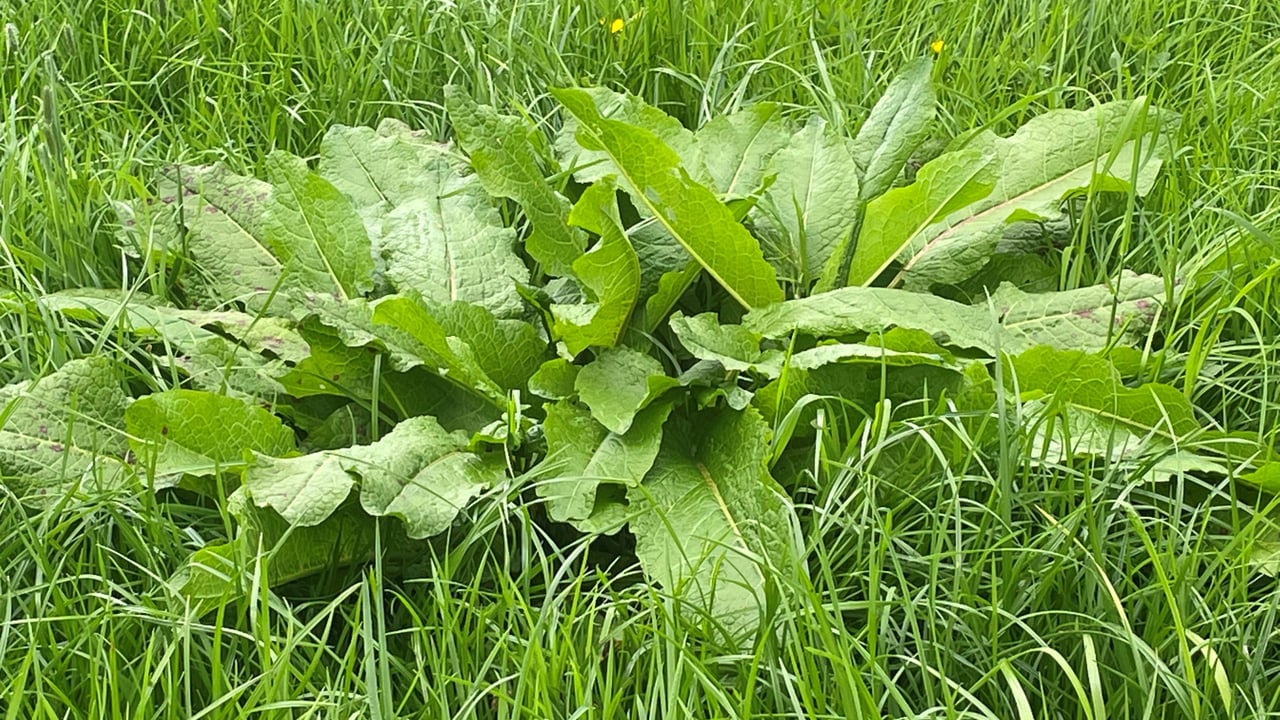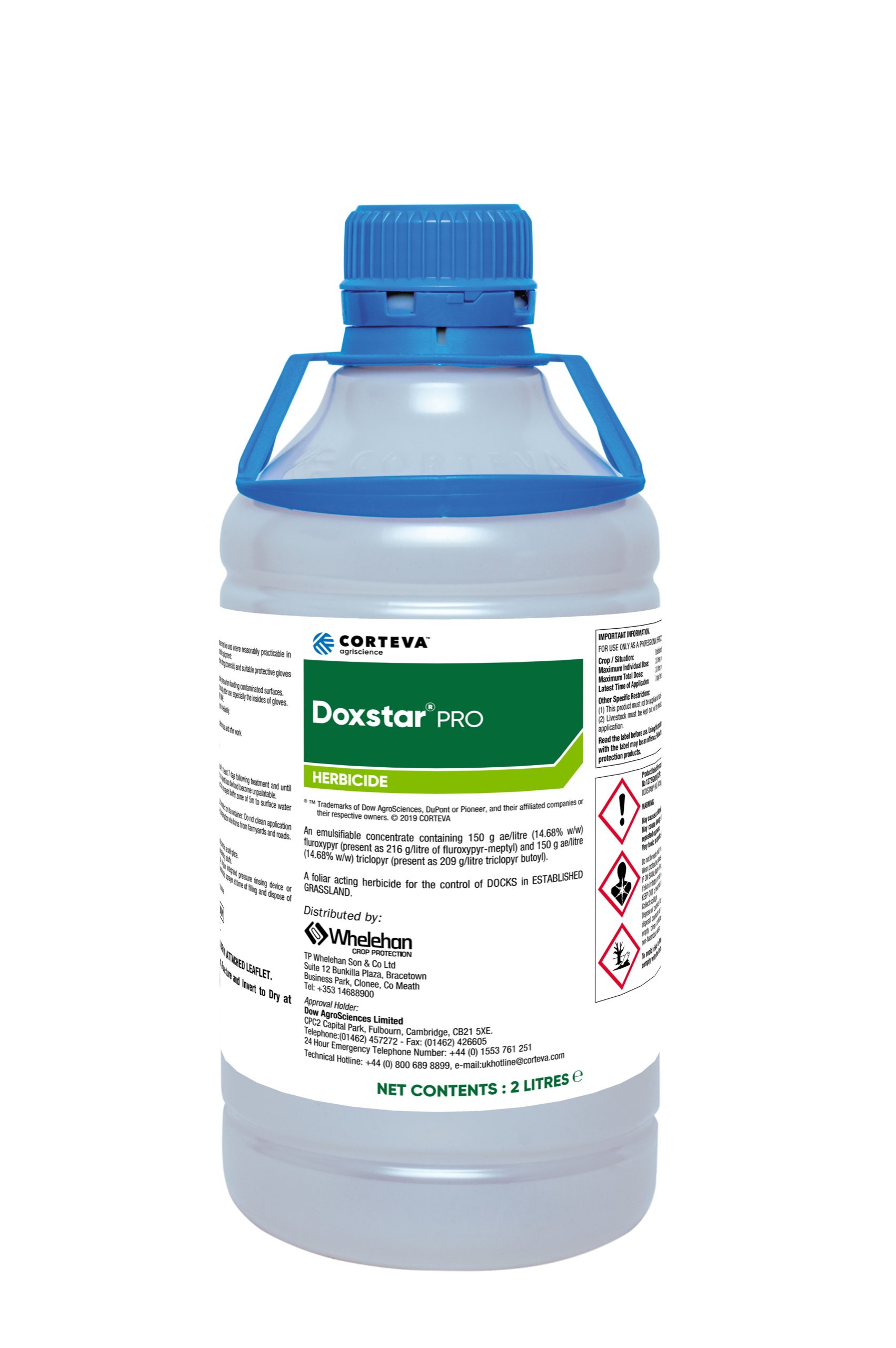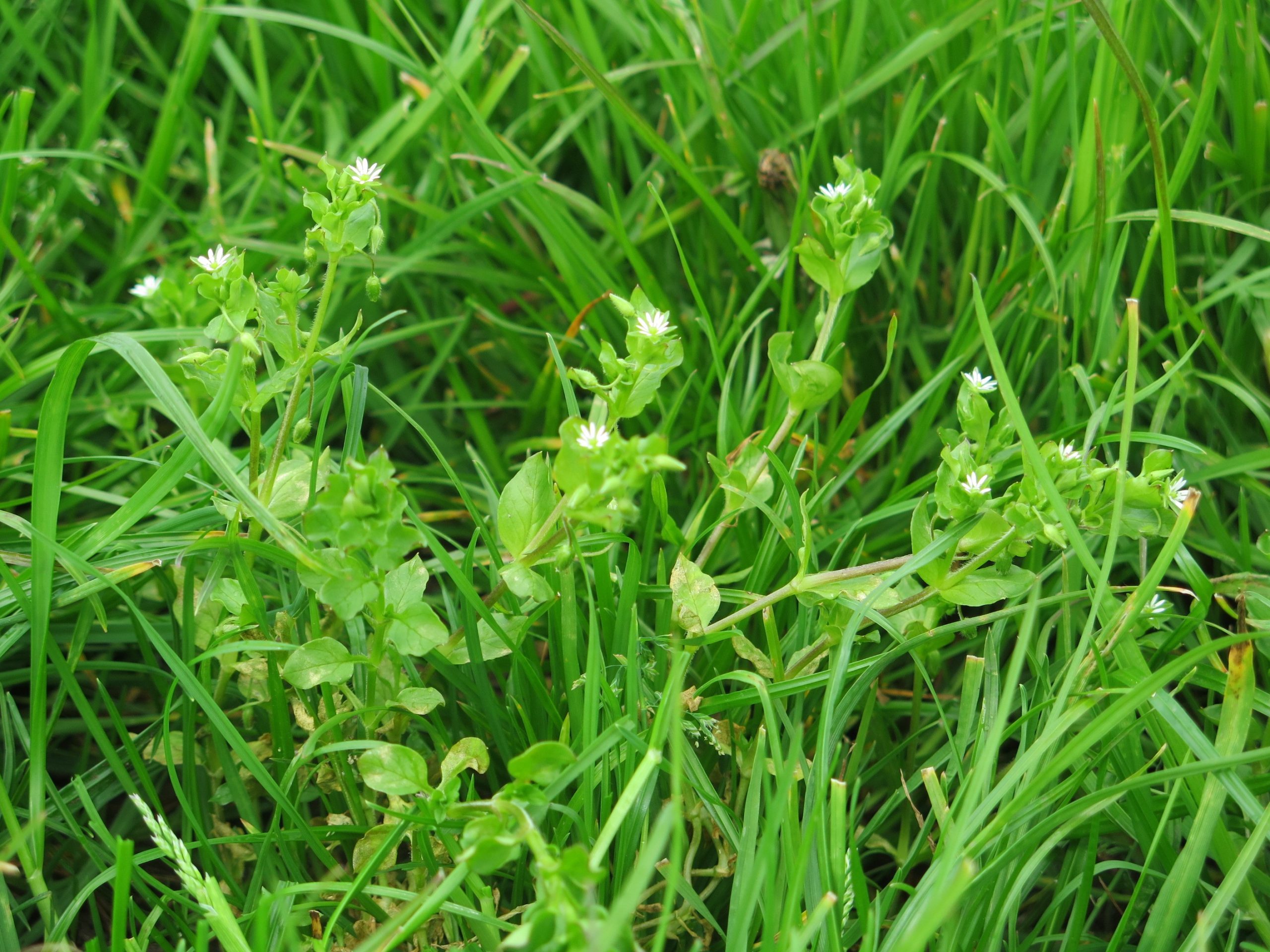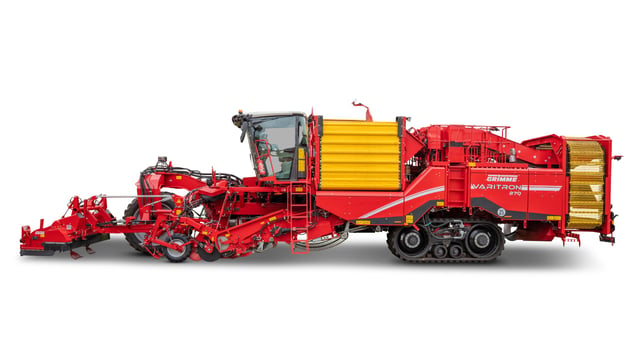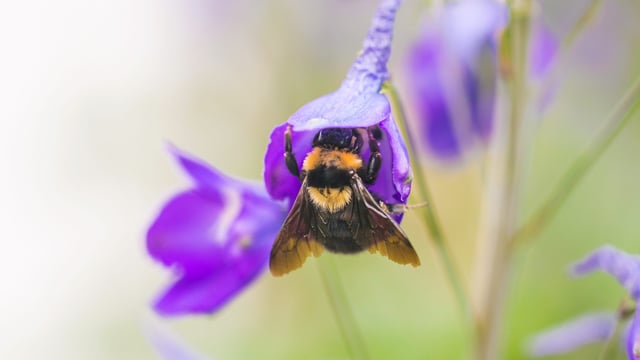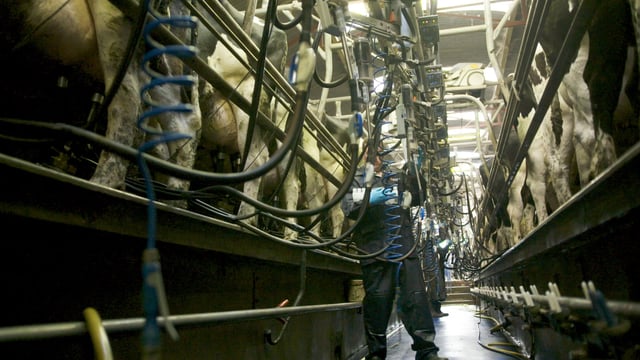Sponsored Article

Sponsored Article
Eradicating docks effectively before first-cut silage
Sponsored Article

Over the past two years - due to the wet, late spring weather - the opportunity to control docks in silage ground has proven difficult.
However, this year’s earlier spring offers farmers the opportunity to control dock-infested silage swards over the next couple of weeks.
Where docks prove problematic in fields closed for first-cut silage, there are sizeable advantages in getting rid of them before the silage is cut.
And when it comes to product selection, nothing beats DoxstarPro, the specialist translocated herbicide for docks, distributed by Whelehan Crop Protection.
Even a moderate infestation of docks will cut dry matter yield by at least a tonne per acre, significantly impairing the quality of pit and baled silage.
As well as boosting both yield and quality, a pre-harvest application of DoxstarPro will also ensure a clean, productive sward for a second cut of silage or grazing.
Containing two powerful actives - triclopyr and fluroxypyr - DoxstarPro delivers the most effective kill of the dock root system, which can be up to a metre deep. It is also highly effective on dandelions and chickweed.
The ideal time to spray is two to four weeks after nitrogen is applied, when docks are at the perfect stage for an effective kill.
The optimum results are achieved when docks are actively growing, are 15-25cm (6-10in) high or across and before a seed head appears.
When the plant starts to produce seeds, more nutrients are translocated up the plant. Therefore, less chemical is taken down to the roots, which leads to a reduction in long term control.
The key requirement is to wait a minimum of three weeks after DoxstarPro is applied before cutting the silage. This ensures that the chemicals get fully translocated into the root system, which is vital in achieving long-term control
Docks compete with grass for light, nutrients, and moisture, thus reducing grass yields. They have only 65% of the feed value of good grass and are generally unpalatable to livestock.
Docks are a long-term problem and therefore require a long-term solution.
As well as reducing yield, docks can lead to a decline in silage quality through poorer fermentation. In addition, dock stems inflict serious damage to the quality of baled silage through puncturing of the film.
The benefits of eliminating docks and other weeds before silage is cut are unquestionable.
In addition to higher dry matter yield and better quality, it will also ensure a clean, productive sward for subsequent grazing or a second silage cut. That’s why farmers should choose DoxstarPro.
- DoxstarPro contains two powerful actives, triclopyr and fluroxypyr;
- It works powerfully on docks and is highly effective on chickweed and dandelions;
- Best results are achieved when docks are actively growing, are 15-25cm (6-10in) high or across and before a seed head appears;
- Leave at least three weeks between spraying and silage harvesting;
- DoxstarPro should be applied at a rate of 2L/ha as a single application or two applications of 1L/ha six to 12 months apart.
Common chickweed seems to be a growing problem in silage and grazing swards.
It appears to be a particular problem in swards that were tightly grazed. This results in chickweed seeds being disturbed.
The seeds germinated during the autumn and continued to grow during the relatively mild winter and spring. Where chickweed is the dominant weed in a silage sward, Envy – a herbicide for broad-leaved weed control in grassland - is the product of choice.
Mouse-eared chickweed is also a problem, particularly in recently re-seeded swards. It differs from common chickweed as it contains many tiny hairs on the leaves, which can prevent the spray droplets reaching the plant leaf cuticle.
Because of the combination of active ingredients and its formulation type, Envy is particularly effective on mouse-eared chickweed.
- ProClova XL is a clover-safe herbicide which kills key weeds in established grassland enabling farmers to build and preserve clover populations for lengthier periods;
- Where clover needs to be retained, Proclova XL offers a solution to controlling docks;
- Use at 125gr/ha + 250ml/ha (1 pack = 2 hectares). Again the ideal timing is when docks are 15-25cm high or across and in the rosette stage, and ensure there is active growth;
- Proclova XL also controls buttercups, dandelions, plantains, and hogweeds in grassland.
Sponsored Article


